Chapter 3 Payments, Clearing Houses and Transaction Settlement
Learning Objectives
- Understand the Evolution of Payment Methods
- Define the Role of Central Banks in Payments
- Analyze the Advantages and Disadvantages of Various Payment Types
- Explain the Role of Payment Processors and Infrastructure
- Examine the Impact of Technology on Financial Transactions
- Assess the Importance of Security in Payment Systems
The Role of Centralized Banks in Payments
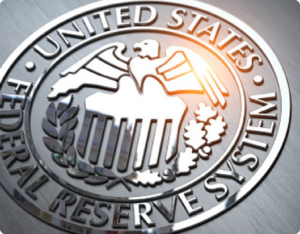
Since the founding of centralized banks to support local economic activities, payments were primarily composed of Currency (Cash), Currency types (Denomination), Currency Origins (Country, municipality, etc.), Checks (paper document that promises to pay the seller in a certain currency origin and denomination), Wire Transfer (electronic promise to pay, at some distant locality, an amount of certain currency origin and denomination). Furthering innovation and the rise of “plastic money”, payments were and continue to be carried out using credit cards (a buy now, pay later and own later payment model), and debit cards (Pay now, Own-now, with instant transfer and settlement of cash between buyers and sellers). Most recent addition to payment types are Mobile Payments (using smart phones and a digital wallet that has local eCurrency in it that can be exchanged for goods or services), Crypto Currencies and Digital Tokens (will be covered in the future chapters).
Centralized banking refers to a financial system where a central authority, such as a government’s central bank (i.e., the US Federal Reserve Bank) or a network of commercial banks, controls the issuance, regulation, and management of money, credit, and financial transactions. This system relies on a central entity to oversee monetary policies, enforce compliance, and facilitate economic stability.
Advantages of the Centralized Banking System
Central Banking offers several advantages that include:
- Stability & Regulation – Ensures financial stability through government oversight.
- Fraud Prevention – Banks implement security measures to prevent fraud. Banks are obligated by law to prevent fraud.
- Deposit Security – Government-backed deposit insurance protects customer funds.
- Monetary Control – Central banks manage inflation and economic growth effectively. Governments can “pump” liquidity (cash) to stimulate the economy or limit the supply of cash to reduce inflation.
Disadvantages of the Centralized Banking
- High Fees – Transaction, remittance, and service fees can be expensive.
- Slow Processing – Payments, especially international, can take days to clear due to multiple intermediaries.
- Restricted Access – Millions of people without bank accounts are excluded from the Banking system.
- Censorship Risk – Banks can freeze or block accounts and transactions.
Payments, especially those conducted across borders, are a highly complex process and one that involves a myriad of intermediaries, some with very specific skills (e.g., insurance, shipping & transportation, customs clearing, exchange rate clearing, etc.).
Contrasting with central banking is the concept of Decentralized Banking, sometimes referred to as DeFi, decentralized banking offers several features that are distinctly different.
| Feature | Centralized Banking | Decentralized Banking (Crypto) |
|---|---|---|
| Control | Central banks, commercial banks | Distributed network (blockchain) |
| Intermediaries | Banks & financial institutions | Peer-to-peer transactions |
| Regulation | Government oversight | Minimal or evolving regulation |
| Transaction Speed | Can be slow (days for cross-border payments) | Near-instant payments |
| Accessibility | Requires a bank account & approval | Open to anyone with internet access |
| Security | Banks provide fraud prevention but are hackable | Cryptographic security but vulnerable to user errors |
| Privacy | Transactions are recorded by banks & governments | Some cryptocurrencies offer anonymous transactions |
Evolution and Types of Payments

Payments are made using various methods. Throughout history, these types of payments have changed and evolved, and new payment methods are likely to appear in the future. In addition to cash, the most common types of payments used today are:
Credit Cards
Today, Credit Cards are widely used for purchases and payments. Credit cards work by offering its user a “line of credit” where an individual can draw against up to a certain limit.
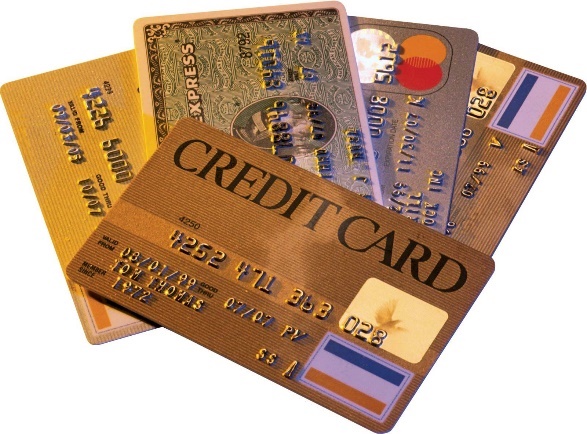
Many businesses accept credit cards (in lieu of cash), though many that accept cards charge a fee from the merchant that provides the machine and payments infrastructure as well as their financial institution. This fee is often a percentage of the transaction amount and/or a flat fee for each payment.
Payments made by a credit card requires the merchant to join a network. This network is composed of payment terminals connected to the issuer. Several intermediaries are also connected to the Credit Card issuer in order to complete sending/receiving payment information. Commercial banks that cater to credit users also join a credit card network to facilitate the exchange of monies between sellers and buyers.
The Fintech in Cards
Cards are issued by various financial institutions, merchants, insurance companies and government. Card issuance follows a world-wide standard ISO/IEC 7812. This standard is used to manage payment transaction, and its processing, between a buyer and a seller.
Issuer identification number (IIN)

The first six or eight digits of a card number (including the initial MIN digit) are known as the issuer identification number (IIN). These identify the card issuing institution that issued the card to the card holder. The rest of the number is allocated by the card issuer. The card number’s length is its number of digits. Many card issuers print the entire IIN and account number on their card.
In some circumstances, the issuer identification number (IIN) or bank identification number (BIN) may not be licensed directly from the issuing network (such as Mastercard or Visa). Obtaining an IIN/BIN number can be costly, time consuming and demand intensive operational burdens on in-house regulatory and compliance teams. For this reason, some new card programmers may use a ‘BIN sponsor’, in which case the IIN/BIN number is effectively sub-licensed from a scheme regulated entity. This is known as BIN sponsorship and is a popular way for financial institutions to fast-track access to market.[6]
In the United States, IINs are also used in NCPDP pharmacy claims to identify processors and are printed on all pharmacy insurance cards. IINs are the primary routing mechanism for real-time claims.
The ISO Register of Issuer Identification Numbers database is managed by the American Bankers Association. ABA is the Registration Authority for this standard and is responsible for allocating IINs to issuers.
Online merchants may use IIN lookups to help validate transactions. For example, if a card’s IIN indicates a bank in one country, while the customer’s billing address is in another, the transaction may call for extra scrutiny.
Card Security
To reduce the risk of credit card fraud various techniques are used to prevent the dissemination of bank card numbers. These include:
- Format-preserving encryption: in which the account number is replaced with a strongly encrypted version which retains the format of the card data including non-sensitive parts of the field such as first six and last four digits. This permits data field protection without changing payment IT systems and applications. A common use is for protecting card data from the point of capture in a secure reader to the payment processing host end-to-end to mitigate risk of data compromise in systems such as the Point of Sale (POS).
- PAN truncation: in which only some of the digits on a card are displayed or printed on receipts. The PCI DSS standard dictates that only the first six and last four digits of the PAN may be printed on a receipt or displayed in cases other than where a business need requires the full PAN. US federal law (FACTA) allows only the display of the last 5 digits. In order to comply with both PCI DSS requirements and US federal law, generally only the last four digits are provided elsewhere to allow an individual to identify the card used.
- Tokenization: in which an artificial account number (token) is printed, stored or transmitted in place of the true account number.
Advantages and Disadvantages of Plastic Money
- Personal credit (known as credit worthiness) is an essential economic mechanism that ensures “Trust” amongst buyers and sellers. Key advantage of using credit cards in lieu of cash include:
- Help an individual build a credit history that can used to make more major purchases at some point in the future
- Reduce risk of loss as it is easier to carry a single plastic card as opposed to cash
- May produce revenue opportunities through rewards and airline miles
- Offers a mean to Pay Now but delay the actual settlement in cash, thus preserving cash flows for a more urgent to pay for goods or services
Disadvantages of Credit Cards
- Create the potential to overextend credit and incur unpayable debt
- Charge for using a credit card and related processing fees by many merchants and intermediaries makes a purchase more expensive than using payment methods
- Varying interest rates that can go as high as 30% on unpaid balances
- Unpaid balances can poorly reflect on a credit report
- Some credit cards can be used at Automated Teller Machines (ATM’s), however it will be considered as a “small cash Loan” that will incur a heavy cost.
- Majority of Credit Card issuers charge an annual renewal fee
- Short Billing Cycles averaging at, or less than, 25 days
Debit Card
Debit Cards are also plastic money that look very similar to credit cards. Debit Cards payments however use available cash balances and immediately withdraw the required amounts from an individual’s account. Contrary to a credit card, debit card transactions are declined when cash balances, are below the amount of a transaction amount would typically be declined. Debit Cards also operate on their individual networks. Some of these include STAR, Pulse, NYCE and SHAZAM. Transaction fees for using a Debit Card are much lower compared to Credit Cards.
Advantages and Disadvantages of Debit Cards
Debit Cards just as Credit Cards do share many advantages. They are widely accepted as a form of payment by millions of merchants. They also have varying levels of security and fraud protection. Debit cards typically do not offer any additional revenue and often result in charges and processing fees applied if used when there are no cash balances available.
Advantages of using Debit Cards
- Potential to minimize the effect when physical cash is lost or stolen.
- Convenience. Physical cash can be accessed through Automated Teller Machines.
- There are no annual fees
- Banks do not charge transaction fees, however, some merchants may charge fees (mostly at gas stations and convenience stores).
- Limits excess spending
- There are no interest charges since all payments are facilitated using the buyer’s money
Disadvantages of using Debit Cards
- Often has limited fraud protection up to certain dollar amounts or time periods
- Limit your spending capabilities to your account balance, not allowing for higher amounts of spending for emergency or high need situations
- Charge overdraft fees through some banks when you attempt to withdrawn more funds than available in your account
- Don’t build your credit score as no credit is used
Cash
Cash continues to be used in many businesses and are preferred due to fees associated with debit and credit cards. Cash has its own disadvantages, as it can be lost, stolen, or destroyed. Businesses dealing in large transactions must often incur additional expenses to pay for related security measures such as secured transit or fraud detection.
Advantages
- No payment fees hidden or otherwise.
- In the US, some states make it illegal to refuse accepting cash as a payment.
- Manages spending as you can only spend up to whatever physical bills you have in possession.
- Assists with budgeting as you can easily visualize how much money you have to spend
- No need to access to the Internet or technology or even having electricity.
Disadvantages
Given current technology advancements, Money can easily be counterfeited.
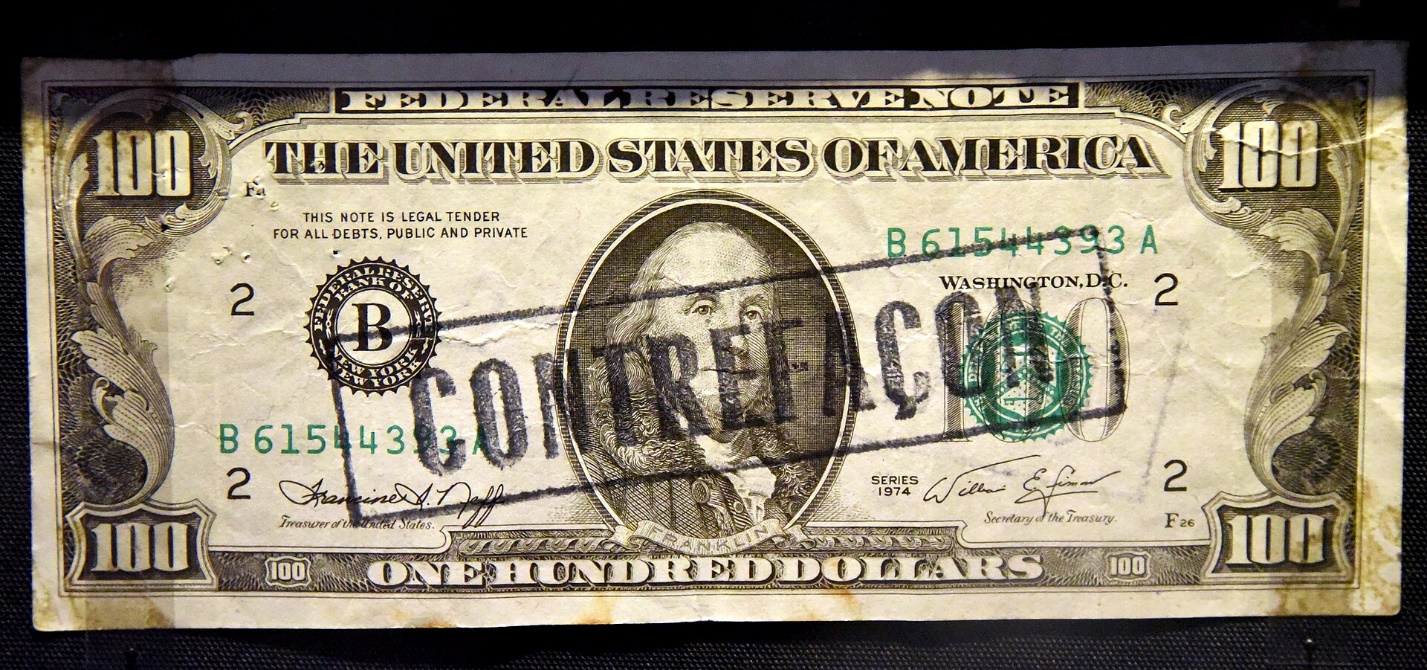
- Does not build your credit score as no credit is used
- Incurs ATM fees when withdrawing cash from an ATM
- Has higher risk of theft as cash is often owned by the bearer (whomever is in possession of the paper)
- Doesn’t keep a record of spending like other digital means do
Mobile Phones and ePay
Key in Fintech are the great advancements made by the telecommunications industry. Smart phones and 5G form the underlying fabric of the Fintech revolution and the greatest impact is felt in Payments.
A recent technology known as Near Field Communication (NFC) allows smart phone users to perform payments through contactless payment technology that has emerged in recent years and has made payments easier than ever. The credit or debit card reading machine—called a point of sale terminal (POS)—can read the customer’s banking information through the software application that’s installed on the mobile device. Once the phone reads the information from the POS terminal, a signal is generated to inform the customer that the payment has been made.
For mobile payments to work, the payer must have a higher-end mobile device with near-field communication (NFC) capability. The user then needs to set up their mobile wallet to contain their existing card information. The bank that issued your credit card often has to approve the new payment platform, and the payee must have capabilities to accept mobile payment.
Mobile Phones
Pros
- Allow for very fast transactions (a simple tap with your smartphone and authentication is all that is needed)
- Promotes financial security through tokenized mobile payment apps
- Further promotes security through biometric authentication requirements on mobile devices
- Doesn’t require user to carry around additional goods (as long as they normally have their phone on them
Cons
- Still an emerging type of payment, so it is not always accepted.
- Only supported by certain types of mobile phones.
- Ties together multiple assets; if you lose access to your phone via theft or dead battery, you cannot make payments.
- May require payer to use specific app at specific places (i.e. Apple stores may only accept Apple Pay)
Checks
Checks have fallen out of favor over the years due to advancements in technology, allowing payments to be electronically submitted. However, there are instances when checks might be helpful, such as when the seller wants a guaranteed payment. A bank cashier’s check or a certified check are two types of checks that banks offer to help sellers receive the money owed from the buyer.
Checks are linked to a payer’s bank account. Each check contains your bank’s routing number (a nine-digit code to identify financial institution) as well as your account number. When a check is written, the payee deposits the check, sending the transaction to a clearing unit. The clearing unit makes the appropriate changes to each party’s account.
Checks pros and cons
Pros
- Charge low to no fees (outside of the cost of the paper check and a stamp to potentially mail payment)
- Provide protection as checks must be signed by the recipient who must often also show ID prior to cashing
- Generate proof of payment via paper trail
Cons
- May be costly depending on how checkbooks are ordered and securely distributed to the payer
- Results in longer processing time as funds aren’t transferred until the recipient cashes the check
- Are still susceptible to fraud; if depositing bank does not require ID, fraudulent checks only require a single forged signature.
Electronic Funds Transfers
Wire transfers and ACH payments (Automatic Clearing House) are typically used for larger or more frequent payments in which a check or credit card wouldn’t be appropriate. A payment from a manufacturer to a supplier, for example, would typically be done via wire transfer, particularly if it was an international payment. An ACH payment is often used for direct deposits of payroll for a company’s employees.
Though both are transfers of electronic funds, ACHs and wire transfers are different. ACHs only work domestically and often take one or more business days to fully process. Wires are most often processed same day but have location limitations. In addition, ACHs can often be reversed, while wire payments are permanent once the transaction is initiated.
Electronic Funds Transfers pros and cons
Pros
- May help payees receive funds faster than other methods
- Can be set up as an automatic payment for reoccurring transactions
- Allow for investigation and dispute for fraudulent transactions
Cons
- Require the payer to immediately have the funds ready to be disbursed
- May not be recoverable for certain types of EFTs
- May result in higher transaction fees or costs
Cryptocurrency
Digital currency or tokens are a more modern approach to facilitating transactions. The premise is simple: one person in possession of digital currency can send coins or tokens to any address on a blockchain. Blockchains with smart contract capabilities can interject logic to automatically withdraw or transfer specific amounts based on underlying conditions.
The widespread use of cryptocurrency is still in its infancy stage, especially when compared with other payment systems above. However, cryptocurrency has the advantage in only needing an Internet connection to facilitate a payment; as long both parties have a digital wallet on the same network, payments can be made.
Cryptocurrency pros and cons
Pros
- Do not require use of a bank account; facilitation only requires an Internet connection
- Can easily accommodate a payee’s preferred digital currency by swapping coins/tokens in a centralized or decentralized exchange
- May result in very fast payment processing
Cons
- Does not have stable value and may result in loss of capital
- Require moderate technical understanding of how to send funds; failure to send correctly may result in loss of funds.
- Not as widely of an accepted means of payment compared to other methods
Special Considerations
The payee may choose to compromise on debt and accept partial payment in lieu of full settlement of the obligation, or it may offer a discount at their discretion. The payee may also impose a surcharge, for example, as in a late payment fee, or for the use of a certain credit card.
Acceptance of payment by the payee extinguishes a debt or other obligation. A creditor cannot unreasonably refuse to accept a payment, but payment can be refused in some circumstances, such as on a Sunday or outside banking hours. A payee is usually obligated to acknowledge payment by producing a receipt to the payer, which may be regarded as an endorsement on an account as “paid in full.”
Payment Credit Terms and Discounts
Every company that receives payments must set their payment terms. This payment term dictates when payment is due and whether the company offers a discount for early payment. Loans might use an equated monthly installment (EMI) payment system. EMI uses fixed payment amounts meant to be submitted on a specific date each month.
The most common form of payment term is called “net 30” where a payment is due 30 days from the receipt of the invoice. A company may set the number of days to whatever they want; however, these terms must often be agreed to in the contract with the payee. In addition, a payer may offer a discount (i.e., 1%) if payment is made within a short period of time (i.e., 10 days). This is written as 1/10, net 30, and the company may offer that discount if it is urgent they receive cash.
Installment Payments
In a very basic, transactional contract, a good or service is provided at the same time, immediately preceding, or immediately following payment. Consider buying an apple at a grocery store; you must pay before you can take it out of the store. Consider a haircut; you must pay immediately after the barber styles your hair.
For more complex agreements that may require delivery of a good or a service to be performed over time, consider a real estate developer that charges a 4% fee on a building they are constructing. The agreement for the developer fee may call for quarterly payments to the developer based on the percentage of completion of the building. Another example may be keeping a lawyer on retainer; payment must be made on a recurring basis in advance of any services being provided.
Advance Payments (Prepayments)
In some contractual situations, one party to the contract may require payment upfront before service has been performed or the good has been delivered. More often for service agreements, the payee that receives payment has an obligation to perform on the contract after payment has been received. In addition, that payee must follow strict accounting guidance that limits their ability to record revenue until the payment is actually earned.
What Does Payment Mean?
Payment is the exchange of something of value as part of an agreement. One party makes payment and receives something else of value, while the other party receives payment in exchange for providing a good or service. The most traditional type of payment was through physical currency, but a majority of payment types now leverage technology.
What Are the Main Types of Payments?
Traditionally, cash, debit cards, credit cards, and checks were the main types of payments. Now, more advanced forms of digital payments are becoming more popular. This includes online payment services, digital currencies, and electronic transfers.
What Is a Bank Payment?
A bank payment is a transfer from one bank account to another. It is a form of digital payment that leverages technology to transfer currency. Instead of relying on transferring physical currency or writing a paper check, a bank payment can be issued for many reoccurring expenses (i.e. utility bills) or sporadic expenses (i.e. grocery bills).
Payment Card Flow — The Journey Data Takes from Swipe, Insert or Tap to Payment
Key Steps in Card Payment Processing
- Initiating the Payment
Every journey begins with a swipe, tap, insert or click. Whether it’s a purchase in-store or online, this moment is where the payment process kicks off. - Authorization: Data on the Move
The transaction details travel to the issuing bank for approval. This step ensures the cardholder has sufficient funds and checks for potential fraud. - Authentication: Verifying the Details
Verification mechanisms confirm the legitimacy of the transaction, safeguarding both the buyer and the seller. - Clearing: Preparing for Fund Transfer
The transaction data is organized and sent through the payment network, setting the stage for funds to change hands. - Settlement: Completing the Transaction
The final step is where the funds are officially transferred to the merchant’s account.
Behind-the-Scenes Complexity
For customers, a payment is just a quick click or tap, followed by an order confirmation. This seamless experience often masks the complexity of what happens behind the scenes. Merchant service providers, independent sales organizations (ISOs), and payment facilitators (PayFacs) deal with the intricate processes that make these transactions possible. While independent software vendors (ISVs) often partner with providers to handle payments indirectly, independent sales organizations and payment facilitators take on greater involvement in managing transactions.
Whether a company is a software developer, a new independent sales organization or a payment facilitator looking to offer payment acceptance, understanding these processes is key. Knowing what happens during those few seconds between the “Pay” button being clicked and the confirmation screen appearing is crucial to delivering smooth and secure payment experiences.
The Process Flow of a Card Payment
All Payments made using a Point-Of-Sale Terminal, move through a 5-step process
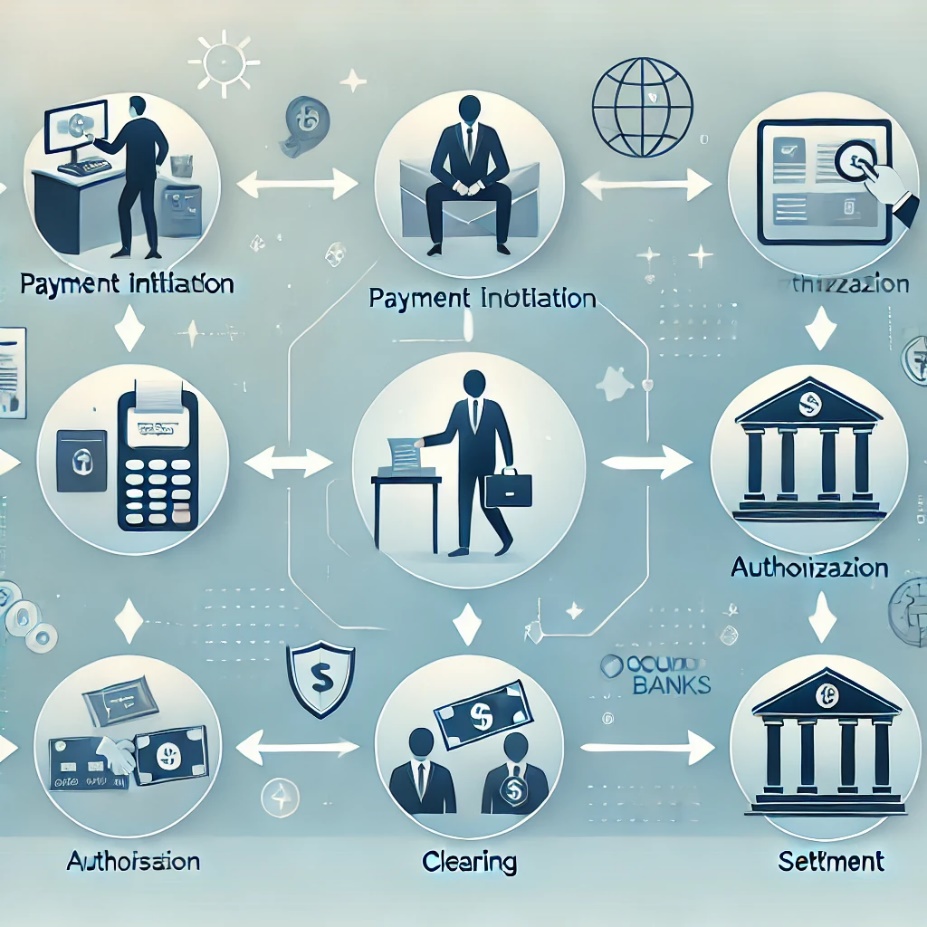
that starts with submission then authorization then authentication onto clearing and finally settlement.
Initiation / Submission: This is the data capture phase of the process. In the submission stage, the cardholder starts “making the payment” by tapping, swiping, inserting or entering their card details. The Terminal, also sometimes referred to as a Payment Gateway has operational built in software that captures and transmits the card’s sensitive data (along with other key transaction information) to the acquirer so the authorization process can happen.
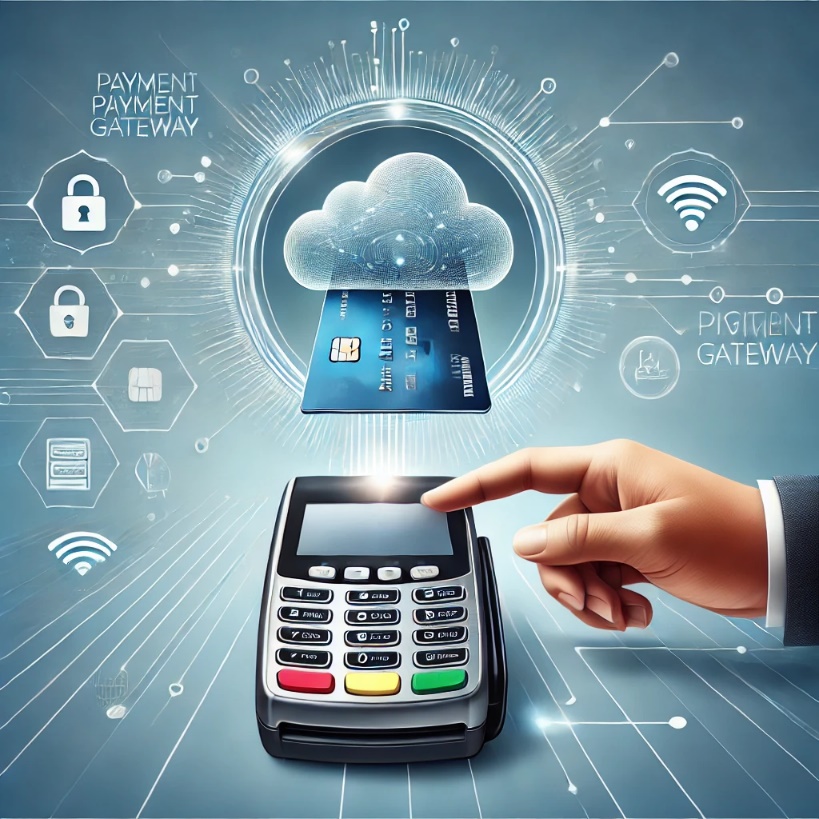
For online purchases, the gateway software is known as the Shopping Cart and often represented by a Physical Shopping Cart / Basket. This software runs in the background of the checkout screen.
In addition to facilitating the flow of data to and from the merchant, the payment gateway is also the first line of defense against bad actors looking to steal valuable customer data.
Authorization
Next, the payment must be authorized. In this stage, the card data is sent by the gateway to the following:
Merchant’s Bank (Acquirer)
The financial institution (or the merchant’s bank) that provides the merchant with payment processing services is notified of a pending transaction for the merchant. The financial service, or the merchant’s bank will forward the payment request from the payment gateway to the card network.
Card Network (e.g., Visa, MasterCard, AmEx, etc.)
Card networks act as the intermediary between the acquirer (Merchant’s Bank) and the card issuer (possibly the customer’s bank, or any other brand-named cards such as Capital One). The card network checks for validity of the card ensuring it is not stolen, not inactive, is belonging to the network, not expired, card numbering sequence is correct, the Bank Identification Number (BIN) is correct, the Merchant is valid, and the geography (location of the customer) is valid. Upon completion of validation, the transaction then proceeds to the issuer’s bank.
Cardholder’s Bank (Issuer)
Card holder’s bank is the bank or financial institution that issued the credit card to the customer receive Card Network validation and proceeds to verifying the cardholder’s account, it checks for sufficient funds or available credit, and performs fraud checks before authorizing or declining the transaction. This process includes:
Authentication: Before a payment is approved and authorized, the transaction must also be authenticated. During authentication, the merchant and the customer’s banks verify that the card and purchase details match what’s expected and don’t trigger any fraud warnings. The bank then checks for available funds. If everything looks good, an approval is sent back across the network. The funds are put on hold, and the merchant gets the OK to release the goods or services. The next step depends on whether the merchant subscribes to real-time services that can Clear and Settle the transaction in real-time, or to the traditional process of batching the transaction to be carried out during non-peak hours (usually the charges are much less than real-time, however, the funds are not immediately available to the merchant)
Clearing: During the clearing stage, merchants will send their recent transactions to their payment processor or bank in one big batch (usually after the merchant closes for the night). If the merchant has opted for real-time, then the transaction is immediately continued through the clearing process. In either case, the processor then sends the transactions to the card network, and the card network disperses them to the various banks of the customers who made the purchases. In some cases, there are other intermediaries known as transaction aggregators. These will combine transactions per bank, or per region, or per card. then transaction continues onto Settlement.
Settlement: In the final stage, the customers’ banks send the money to the card network (minus some fees). From there, it is forwarded to the merchants’ banks (minus some more fees) before being dispersed into the merchants’ bank accounts. This process is known as settlement or funding.
Payment Submission: The Starting Line
When a consumer submits a card payment online, or at a physical terminal, the unsung hero of the interaction is the payment gateway.
The payment gateway is the software that captures and transmits the sensitive data from a customer’s card (along with other key transaction information) to the acquirer so the authorization process can happen. For online and software-based payments, the gateway runs in the background behind the checkout page. In-store, the gateway software is built into the merchant’s physical payment hardware.
In addition to facilitating the flow of data to and from the merchant, the payment gateway is also the first line of defense against bad actors looking to steal valuable customer data.
Several initial security measures begin at the gateway level. The first and most universal is encryption. All gateways encrypt customer payment data before sending it. At the most basic level, they use legacy protocols like SSL (Secure Sockets Layer) and TLS (Transport Layer Security). However, modern gateways increasingly employ a more advanced and secure method known as tokenization.
A gateway can also require additional security steps that must be met before submission, like 3DSecure or the European Union’s Strong Customer Authentication (SCA). The former requires online shoppers to enter a PIN before a transaction can go through. This step ensures an authorized holder is using the card.
Authorization: Payments Data on the Move
With the customer’s data secured, the payment gateway sends all relevant information to the next party. The data will go to three recipients: the merchant’s acquiring bank, the affiliated credit card network and the customer’s issuing bank.
The first stop is the acquiring bank, which provides the merchant with credit card processing services. The acquiring bank is the only point of contact for the merchant. As such, all transactions must go through it first.
Next, the acquiring bank forwards the data to the affiliated credit card network. This is the network whose brand is on the card: Visa, Mastercard, Discover, etc. The major card networks act as intermediaries between their various partner banks; they set and enforce the rules and act as the central hub for payment authorizations. After this step, the card network forwards the authorization requests from the merchant’s acquiring bank to the customer’s card-issuing bank.
The issuing bank is the one that gave the customer the credit card. The card may have Visa or Mastercard branding, but it’s the bank featured on the card that does the heavy lifting. The issuing bank is the final outbound stop for the customer’s payment data. For most transactions, the issuing bank will receive these key details:
The card number
The card’s expiration date
The holder’s name and address
The card’s CVV security code
The purchase amount
It’s worth noting that the actual data captured and sent at the time of submission can vary depending on the purchase type. Some high-value transactions like the ones commonly made in large business-to-business (B2B) and business-to-government (B2G) sales — known as Level 2 or Level 3 transactions — require significantly more information.
Transaction Levels
In credit card processing, “Level 1, 2, and 3 transactions” refer to the different levels of data provided during a transaction, with Level 1 being the most basic (including only essential details like card number and amount), Level 2 adds more information like tax and customer code, and Level 3 being the most detailed, including line-item details like product descriptions and quantities, and is typically used for large business-to-business (B2B) or government transactions; the higher the level, the more information is required, usually leading to lower processing fees for the merchant.
Authentication: Making Sure Everything Is on the Up and Up
Approval of the payment authorization request falls on the issuing bank since it’s the party extending the credit. Before an authorization can go through, the request must be authenticated.
The authentication process ensures the transaction is legitimate and the cardholder is who they say they are. In the past, authentication was purely the merchant’s responsibility, and asking for a signature or a piece of ID was the most security they performed. Today, authentication is high-tech and highly automated. It happens both on the merchant’s end and at the issuing bank.
Numerous tools are available to help merchants with authentication, especially for card-not-present ecommerce and embedded payments. For instance, the address verification system (AVS) can check a customer’s entered address to ensure it matches the one on record with the bank.
Additionally, AI-powered third-party fraud prevention tools, like Kount, can compare transaction data to a huge anti-fraud database built from billions of transactions. Merchants can also use preset rules to flag potentially suspicious transactions for manual review or outright denial, all before the data begins its journey.
An additional risk assessment happens once the payment data reaches the issuing bank. Assuming everything looks good, the final step of the authorization and authentication processes is to check for available credit and approve or deny the transaction.
The authorization or denial is sent back across the network in the reverse order: from the issuing bank, through the card network, to the acquiring bank and back to the merchant and customer through the payment gateway. This entire process, from submission to approval and purchase confirmation, occurs automatically, often in seconds. Approval, however, is not the end of the process — at least not for the merchant and the banks.
Clearing: Getting the Money Moving
The first three processes let the merchant know if a transaction can proceed. At this stage, no money has changed hands (yet). Funds begin their movement during an entirely separate process, beginning when the merchant submits the accepted transaction for clearance.
Clearing involves all three behind-the-scenes parties — the acquiring bank, the card network and the issuing bank.
The clearing process begins with batching. Merchants don’t send new transactions in to be cleared one at a time. Instead, they lump transactions together to submit in large batches. Each batch submission incurs a fee, so most merchants batch and submit once per day after closing. Large merchants doing high volumes will often batch twice or more each day.
Merchants send batches to their acquiring bank or the payment processors they work with. A batch could contain hundreds or thousands of card transactions, all of which must arrive at the correct issuing banks to be settled. To facilitate that complex task, the acquirer sends the batch off to the card network, which sorts the transactions and routes each to the bank that issued the card used to pay for the final settlement.
Settlement: Money in the Bank
Once clearing is complete, the issuing bank deducts the amount from the cardholder’s available credit and sends it to the card network, again acting as an intermediary. The credit network forwards the funds to the acquirer, who deposits funds into the seller’s merchant account — a process known as funding or settlement.
Unlike the authorization process, which takes seconds from start to finish, clearing and funding generally take longer — often two to three business days. As a result, there is usually a delay between when a merchant makes a non-cash sale and when they have access to the money from it.
That delay, known in the industry as a standard hold, is another safety mechanism. It provides a buffer that gives the entire system extra time to shake out fraud and safeguard liquidity.
While a two-day delay is standard, many acquirers and payment processors offer next-day and same-day funding services to help attract merchants in an increasingly competitive payments market. However, these services don’t reduce or eliminate the delay in the process. Instead, they extend brief credit to the merchant, providing them with the necessary funds until the settlement is complete.
A Complex Journey We All Take for Granted
While independent sales organizations (ISOs), and payment facilitators (PayFacs) are more involved in the process, for software vendors, everything happens in the background. However, when you dig into it in detail, it’s hard not to appreciate the intricacies that go into processing 1.86 billion credit card transactions per day.


Feedback/Errata